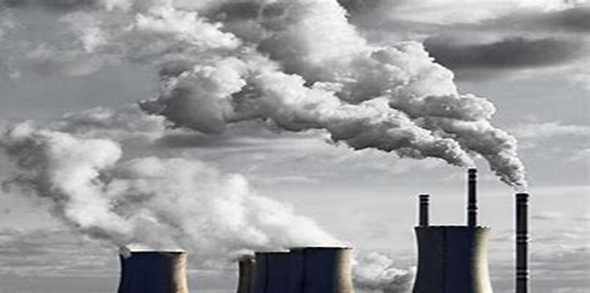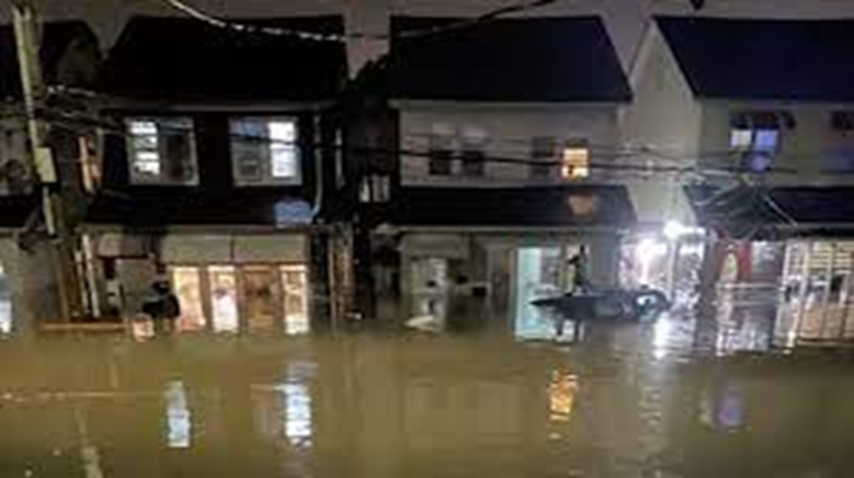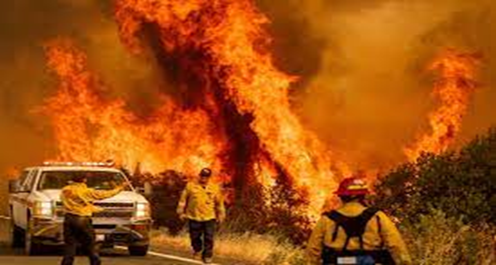Theresa Mitchell
URB 200
11/14/21
Reading Response:
Poisoning of the Planet
Environmental Justice Movement
The U.S. Environment Protection Agency defines Environmental Justice as the fair treatment and meaningful involvement of all people regardless of race, national origin, or income to develop, implement, and enforce environmental laws, regulations, and policies. The importance of Environmental Justice allows everyone the right to have to be part of an agency decision that affects their lives, communities, and the environment. Low-income communities are living in a toxic environment. The government and industries target the neighborhoods because of race and income. African American communities endured hazardous waste, such as landfills, factory pollution, and incinerator in their community. Black people living in contaminated areas fought to keep industrial waste out of their neighborhoods. In 1987, Black activists on Chicago’s southeast side gathered to oppose a waste incinerator in their community and stopped 57 trucks from entering their town in just a few hours. Black activists organized to fight for the cause of a safe environment and clean air. In the article Poisoning the Planet: The struggle for Environment Justice, Naguib, and Robert J. Brule discuss the organizing of the E.J. movement and its impact on the battle for environmental justice. As I mentioned earlier, the U.S. Environment Protection Agency states the importance of E.J. allows everyone the right to be part of an agency decision that affects their community. The government did not include the community’s residence or leader in the agency’s decision to use their neighborhood as a hazardous waste dump. Their fight for justice is vital to the ecological movement. In the article Poisoning the Planet, the authors explore the journey of the E.J. movement and its impact on the community locally and nationally. The environmental injustice causes the people to fight for clean and safe living conditions.
Poor African American communities’ concerns of dangerous chemical waste and landfills in their neighborhood can cause health risks contributed to environmental justice. The movement is an essential part of the struggle. It causes individuals to form alliances by establishing a campaign to protect people from pollution. This campaign brought forth awareness of ecological concerns that are detrimental to public health. The movement today has shifted into the environmental issue of climate change. Climate change affects everyone; it has become one of the political issues discussed around the world. Global warming has become a significant concern because it will destroy the infrastructure of the land. The U.S. is already experiencing frequent storms, rising sea levels, and heat waves. The most significant cause of climate change is the increase in burning fossil fuels such as oil, coal, gas used for transportation.
Greenhouse gases are the biggest problem of climate change in the atmosphere. These gases are caused by burning fossil fuels, such as gasoline, to produce energy for transportation and electricity. A high level of carbon monoxide from the burning of fossil fuels emits toxic air pollution. Climate change can affect human health, such as heart disease, asthma, lung disease, and causes cancer. The exacerbating high temperature can cause heat strokes or breathing difficulties. Today’s catastrophic events have occurred due to climate change.

On September 1, 2021, The North East experienced more than 3 inches of rain from the results of Hurricane Ida, which caused flooding on NYC and N.J. streets and highways. The downpour of water flooded NYC Subway stations. The passengers were stranded in the subway stations for hours. My daughter left work at six pm, and she was waiting at 14th street train station until midnight; no trains and no shuttle bus were going into Brooklyn. I sent an UBER to pick her up from the 14th St Union Square Station. The streets flooded, she arrived home at 2:00 am. The extreme rainfalls flooded the neighborhood’s homes in N.J. and N.Y. Tri-State area. Thirteen people killed, including a child, died in NYC due to flash flooding water flooding the basement apartment. The extreme rainfall caused by climate warming,
“Two major factors contributed to its extended extreme rainfall. First, Ida’s tropical moisture interacted with developing warm and cold fronts. The remnants of Hurricane Ida flooded Philadelphia’s Manayunk neighborhood. Second, evidence is mounting that, as the climate warms, the amount of precipitation from heavy rainstorms is increasing, especially in the central and eastern U.S.,” (pg1)
NYC Subway Flooding

Flooded Homes

California Wildfire
The heatwave in June 2021 caused a wildfire in Dixie, California. The wildfire in California claimed seven human lives. In addition, the wild forest fire destroyed the animal’s habitat. The fire smoked the animals out of their homes, and several burned to death. The extreme heat cause wildfire to start quickly and spread rapidly, making it harder for firefighters to control. Global warming is a worldwide concern, and it is one of the political topics discussed among the U.S. and world leaders. Climate warming is dangerous because frequent natural disasters are occurring rapidly more than ever. More than any other country in the U.S., an average of over one thousand one hundred fifty tornadoes every year. Some U.S. states experience multiple tornados in a year.
“The Dixie Fire of 2021 was named the second-largest wildfire in history for the state. According to CalFire, the fire has burned more than 463,000 acres in Northern California, taking hundreds of buildings down with it and threatening 14,000 structures” (pg. 1).
The authors focus on a Chicago environmental group, the People for Community Recovery, a non-profit environmental organization led by Executive Director Hazel Johnson. PCR fought the industries and government officials to protect the community from the hazardous waste dump. The organization gained credibility by exposing the practice of environmental racism and inequalities in the distribution of toxic waste in low-income communities. Community organization groups play a crucial role in the environmental movement. PCR worked under demanding conditions to advance the cause of social and ecological justice. This activist group successfully develops a network with institutions such as churches, schools, local politicians, and other social justice organizations to expand the cause of the movement. They educated the community on environmental issues and conditions.
“E.J. activists have built lasting partnerships with university scholars, especially sociologists. For example, Hazel Johnson’s organization has worked with scholars at Northwestern University, the University of Wisconsin, and Clark Atlanta University to conduct health surveys of residents, study local environmental conditions, serve on policy task forces, and testify at public hearings. Working with activists has provided valuable experience and training to future social and physical scientists” (pg. 3).
The E.J. Organization, such as PCR, is needed in communities challenged by environmental health disparities. These activists take a stand against environmental injustice and fight to improve the quality of living. They organize and educate citizens on ecological issues and prevention. E.J. activists influence ecological laws and policies. The movement has expanded its cause to reduce pollution and improve air quality.
References
1 . Poisoning the Planet: The Struggle of Environmental Justice, article David Nagui
Pellow, and Robert J. Brulle, Winter 2007.
2. The ethics of Climate Change: What we Owe People-And the Rest of the Planet,
The conversation, William S. Lynn, December 8, 2015.
3. 15 Worst Wildfires in U.S. History, by Earth. Org Americas, AUG 9TH, 2021.



